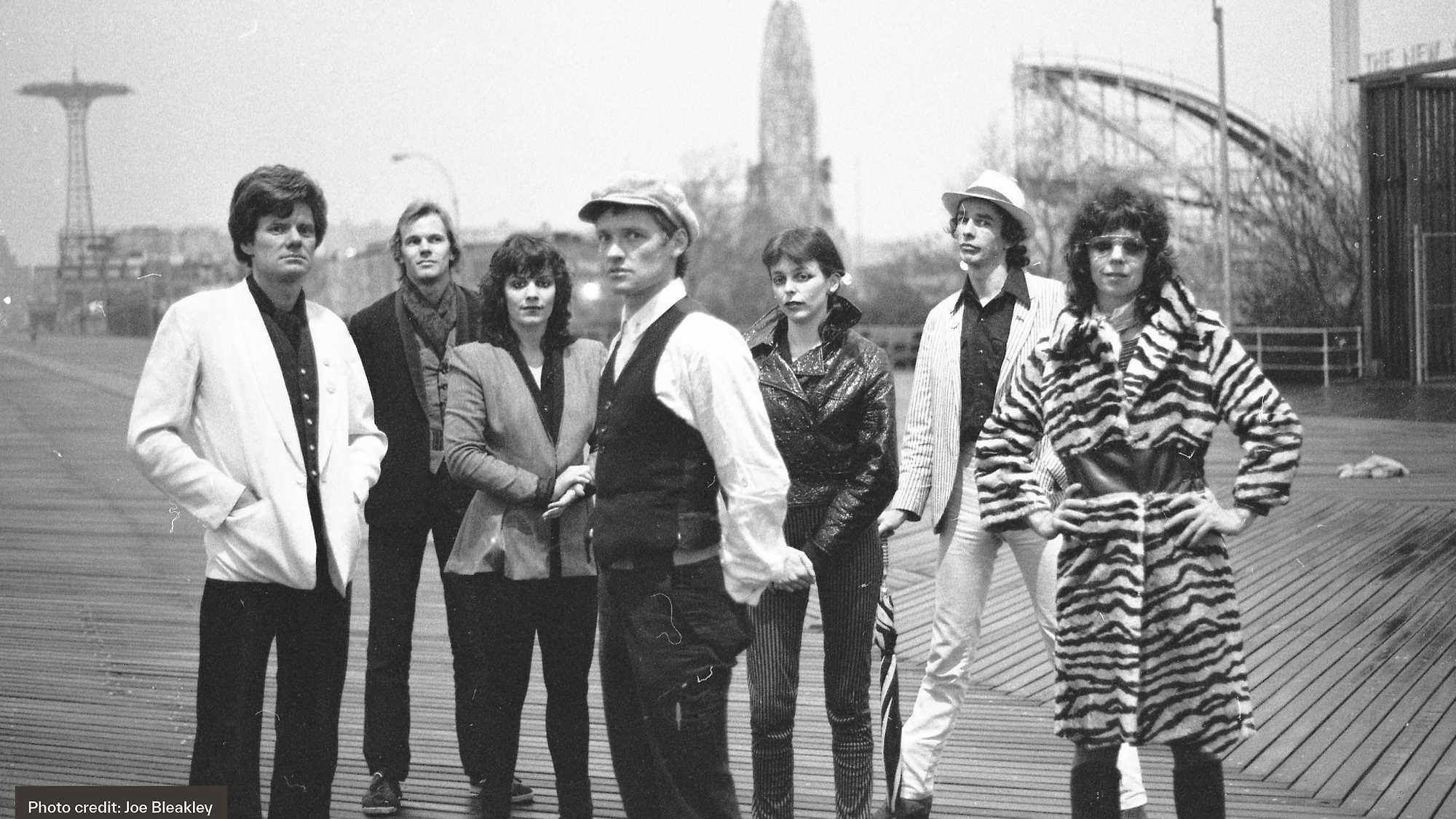Drawing on extensive archival material, Annie Goldson has pulled together a raucous and entertaining portrait of the radical and boundary-pushing New Zealand theatre troupe Red Mole.

You keep going on and on. 'Why?’ screams a stranger as my mother carries a suitcase full of theatre props onto a bus. She turns to the camera and says, ‘To keep the romance alive.’
Screened as part of NZIFF 2023
Red Mole: A Romance 2023
| Aug 04 | | ||
| Aug 05 | |
“Someday, all theatre will be like this.” The slogan on Red Mole posters was characteristically brash. For nearly 30 years the flamboyant radical theatre troupe, which emerged out of New Zealand’s counterculture in the early 1970s, doggedly set out to make their vision come true. They performed wherever they could find an audience, from schools to strip clubs to opera houses, and their political cabaret was revolutionary in its Muldoon-era heyday—and hugely popular among a leftist cognoscenti. Red Mole then set sail to take Manhattan, playing venues off-off-Broadway and on, while living more from the smell of the greasepaint than the roar of the crowds.
Annie Goldson subtitles her exhilarating, deeply moving documentary “A Romance”. Red Mole’s goals were romantic, and at the troupe’s centre was a troika whose talents, energy and interpersonal dynamic fuelled the momentum: stentorian-voiced Alan Brunton, the tenacious performer Sally Rodwell, and the multi-media phenomenon Deborah Hunt.
Brunton and Rodwell died in the early 2000s, so Goldson turns to those left behind for the narrative. From inside the troupe, Hunt and cohorts Martin Edmond and John Davies relate the long-term impact—creatively and psychologically—the experience had on their lives. Ruby Brunton, daughter of Rodwell and Brunton, travels between the US and New Zealand to explore the threads in her peripatetic, artistic upbringing. Other Mole comrades—musicians, graphic artists, and a devoted New York manager—provide insights, and show the romance remains.
Goldson’s assembly of support material; archival footage, photographs, scrapbooks, stage designs, posters, is extraordinarily rich. The documentary is like witnessing Red Mole during its triumphal season at Carmen’s Balcony, while experiencing the excitement and exhaustion of joining a dramatic, intellectual circus. As in the best theatre, there is laughter, and tears. — Chris Bourke